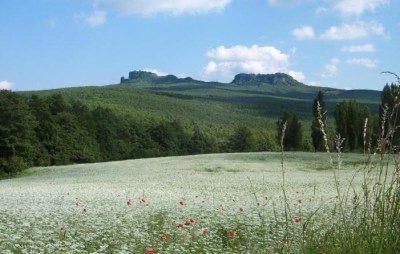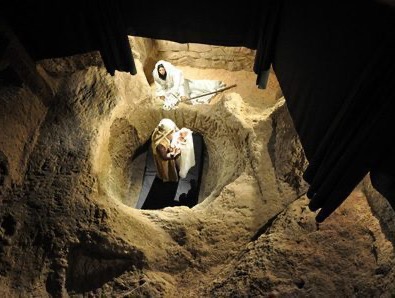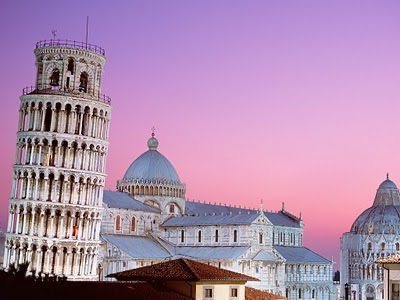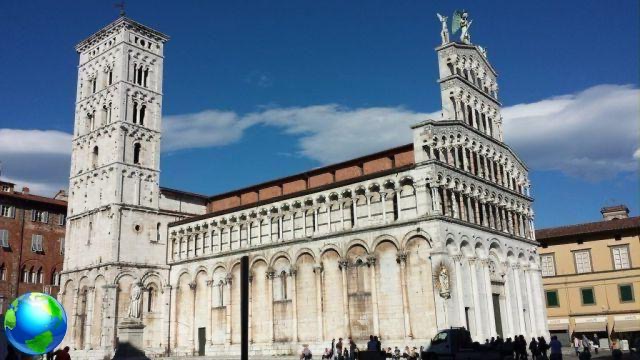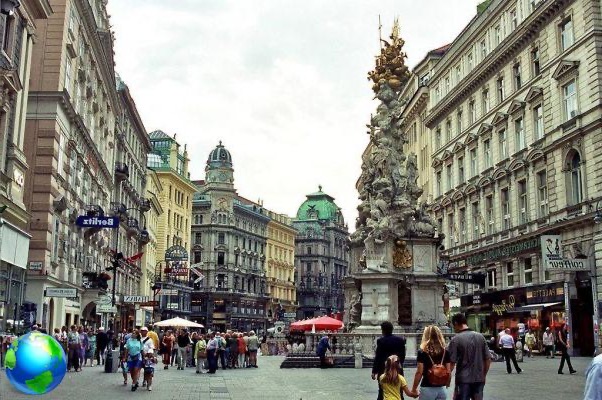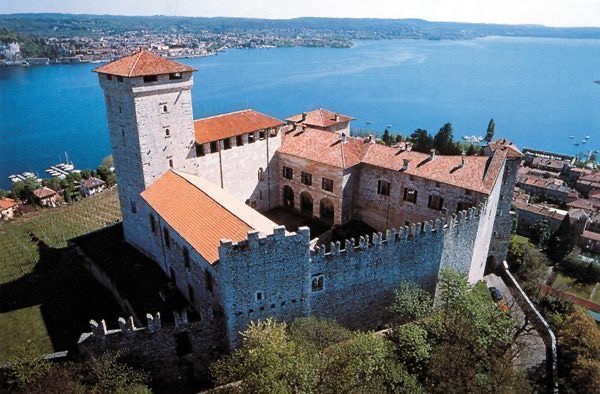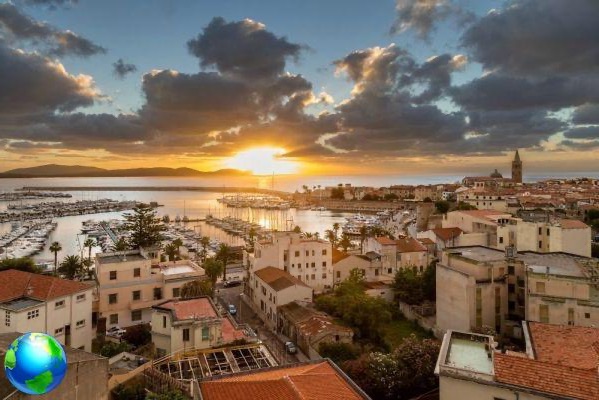What to see in Agrigento? The Valley of the Temples is an ageless beauty that should be seen by day but also admired in the evening. A UNESCO heritage that must be discovered little by little.
Spends five days ad Agrigento, in Sicily, will probably be enough to see and discover everything that is important to you, to visit everything fleetingly: the Valley of the Temples, Ancient Agrigento, the neighboring villages and coastal ones such as Porto Empedocle, but you will never feel satisfied with the beauties that this city can offer, from the link with history that you can perceive in every corner, from the feeling that here, everything has stopped, and then you will understand that perhaps five days is too short to know the Greeks, too few for a single visit to temples of Zeus, Juno and Hercules or for the Tower of Charles V and why not, to eat only once the legendary pasta with sea urchins or the excellent ones miscate.

Once you arrive in Agrigento and take the liberty of recommending the train journey, so as not to miss the rural landscapes of the Sicilian hinterland, the very first appointment will certainly be the one with the Valley of the Temples, UNESCO heritage not surprisingly, that it is already possible to admire a good part along the road that leads to the city (extraordinary effect, even more at night), but once you arrive inside theAkragas, you are amazed; first of all, of extraordinary beauty and then of the state of conservation, just think of the temple of Concordia, built in the fifth century and practically intact.
Turning a little around the Valley you will feel immersed in an era not yours, you will feel in a film set, you will collide with the Doric temples of Hera Lacinia, or temple of Juno, built in the fifth century BC and set on fire in 406 by the Carthaginians. The Temple of Olympian Zeus, built after Himera's victory over the Carthaginians (480-479) to honor Zeus. Era the largest temple in the entire West antico, unique in architecture, also characterized by the presence of telamons, immense sculptures seven and a half meters high that depicted Atlas supporting the celestial vault. Continuing we will have the Temple of Concordia, whose name derives from a Latin inscription found near the same temple, also built in the fifth century, the Temple of the Dioscuri or temple of Castor and Pollux.

In reality the latter is likely to have been built in honor of the gods of the earth (Demeter, Persephone, Dionysus) and not by the Dioscuri. Temple of Heracles, or temple of Hercules, whose cult was very important in ancient Akragas. It is one of the oldest buildings, destroyed by an earthquake, today eight columns remain. The Temple of Athena built away from the actual valley. It is located in the historic center of the city of Agrigento. On the base of the temple stands the medieval church of Santa Maria dei Greci. The Temple of Asclepius, or Temple of Aesculapius, part of an extra-urban sanctuary built far from the city walls, a place of pilgrimage for the sick in search of healing.

In the eastern part of the city, on the side of the slope with which the Rupe Atenea in the Akragas river valley, stands the Temple of Demeter and the rupestrian sanctuary of Demeter, while the Temple of Isis is located inside the museum complex of San Nicola. The valley of the Temples also hosts the so-called tomb of Terone, a large pyramid-shaped tuff monument, which is thought to have been erected to commemorate the fallen of the Second Punic War.
This is a very brief historical excursus of the Valley, but in Agrigento the works, the monuments to visit are really many, in short, it is a cult for lovers. You cannot miss the XNUMXth century Sanctuary of San Calogero, a church with three naves with Baroque style decorations. In a niche, the statue of San Calogero with the characteristic doe.

The Cathedral of San Gerlando which was built starting from the second half of the 1099th century, consecrated in 1305 by bishop Gerlando, declared a saint and later dedicated to him in XNUMX. I mention only two for the sake of brevity, but I assure you that you will lose the account of the works to visit a Girgenti and I assure you you will feel a bit like the scions who participated in the Grand Tours in the XNUMXth century.
Last but not least, located in Contrada Caos, is the Pirandello's house. Extraordinarily rich in relics, photographs and objects that tell the life of the writer, who was born in this house on June 28, 1867 and spent his childhood and adolescence there; and it is precisely the "hermit house" and the "solitary pine" that enter the writer's fantasies.

Il period to visit Agrigento, in my opinion, it is all year round, since the climate is extremely mild, as in most of the Mediterranean areas. But if I can advise you, combine a historical tour like mine with the almond blossom festival, which takes place every February and lasts a week. Tradition has it that it is an early spring festival that occurs precisely with the flowering of the almond trees. The event begins in the valley of the temples and continues in front of the temple of concord; you will find parades of Sicilian carts, artistic exhibitions and much more. In addition, numerous events are also held in the city center in Via Atenea.





